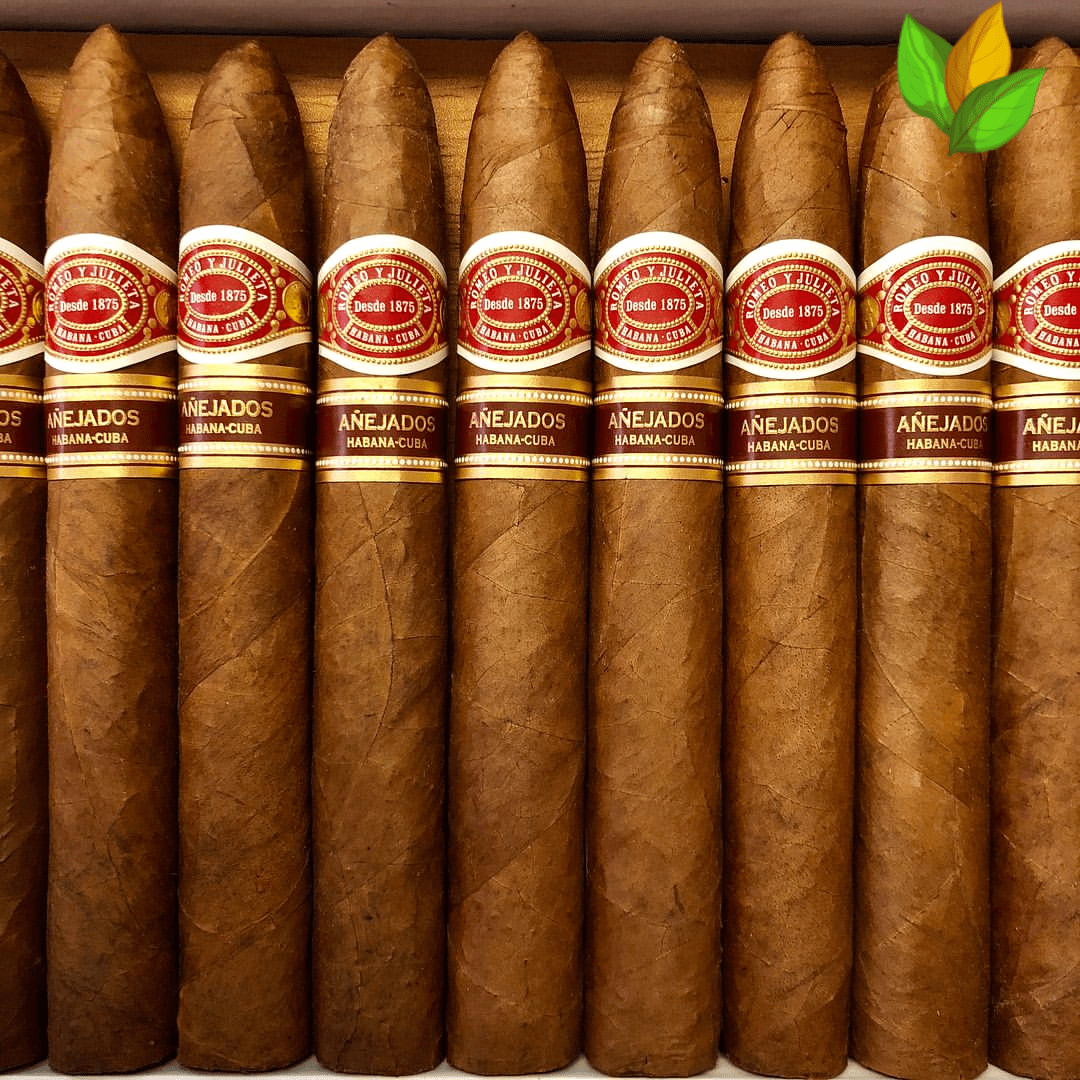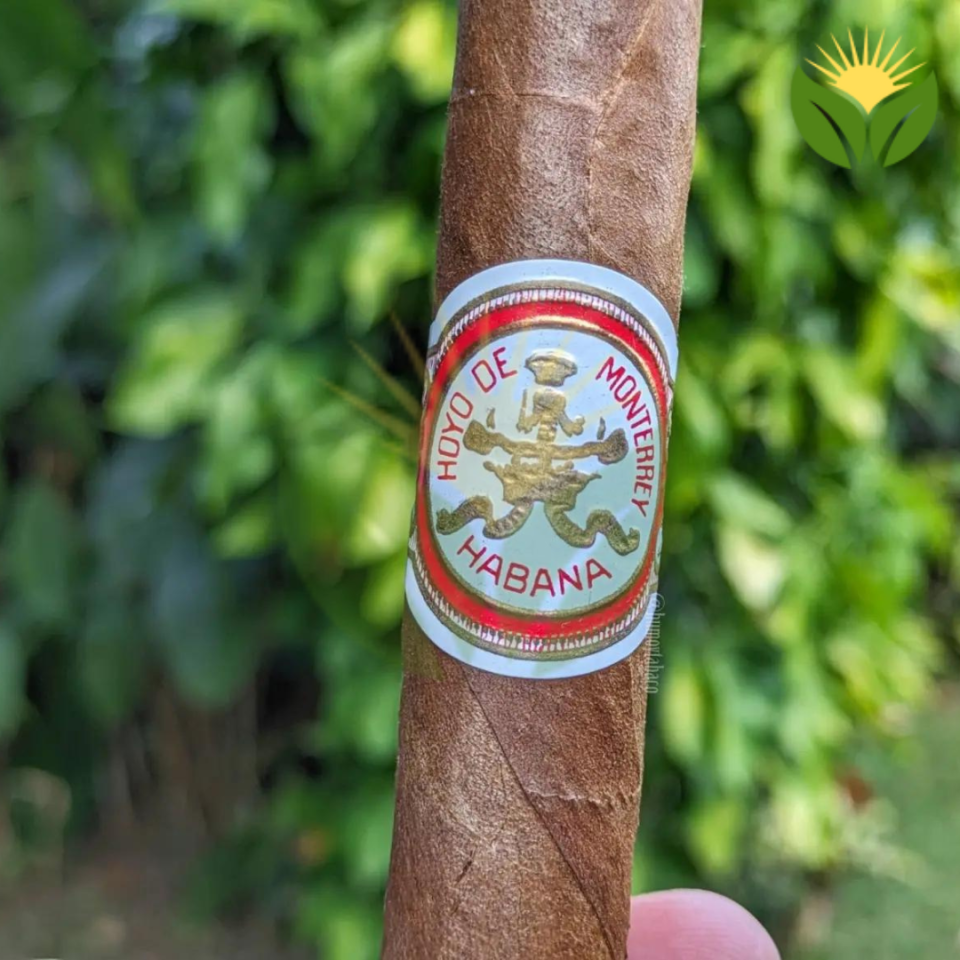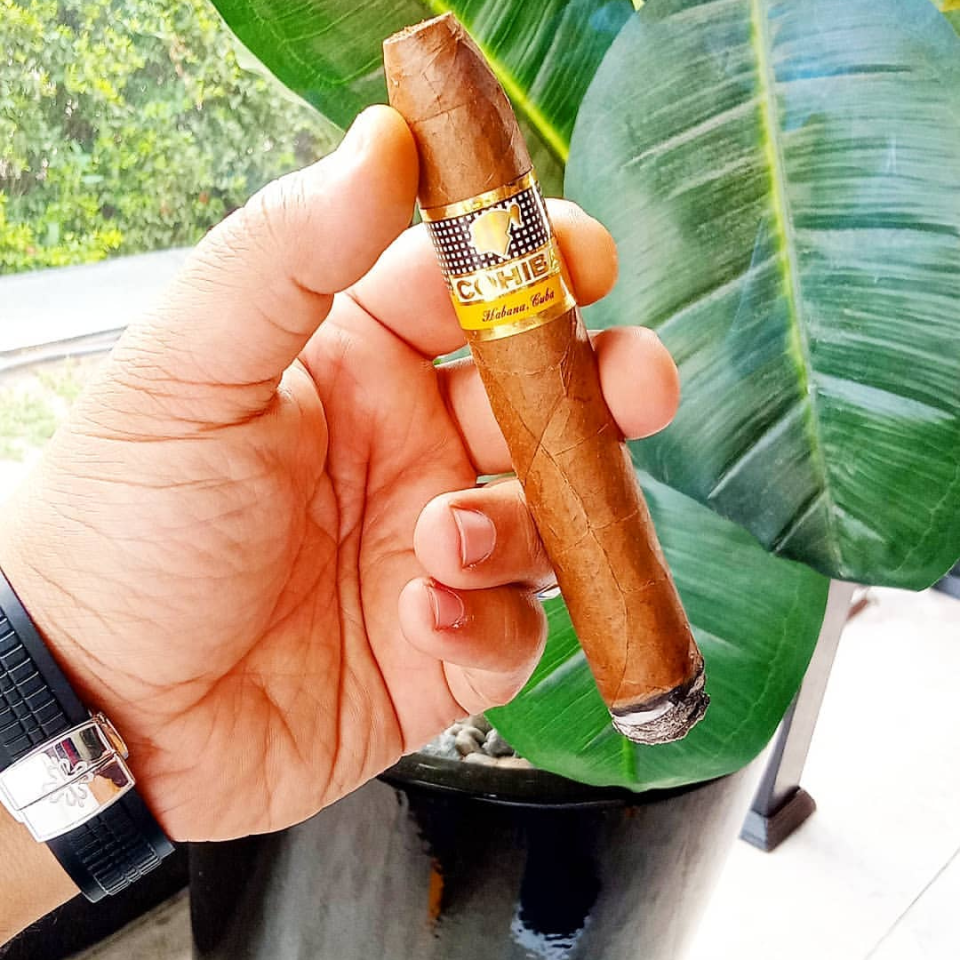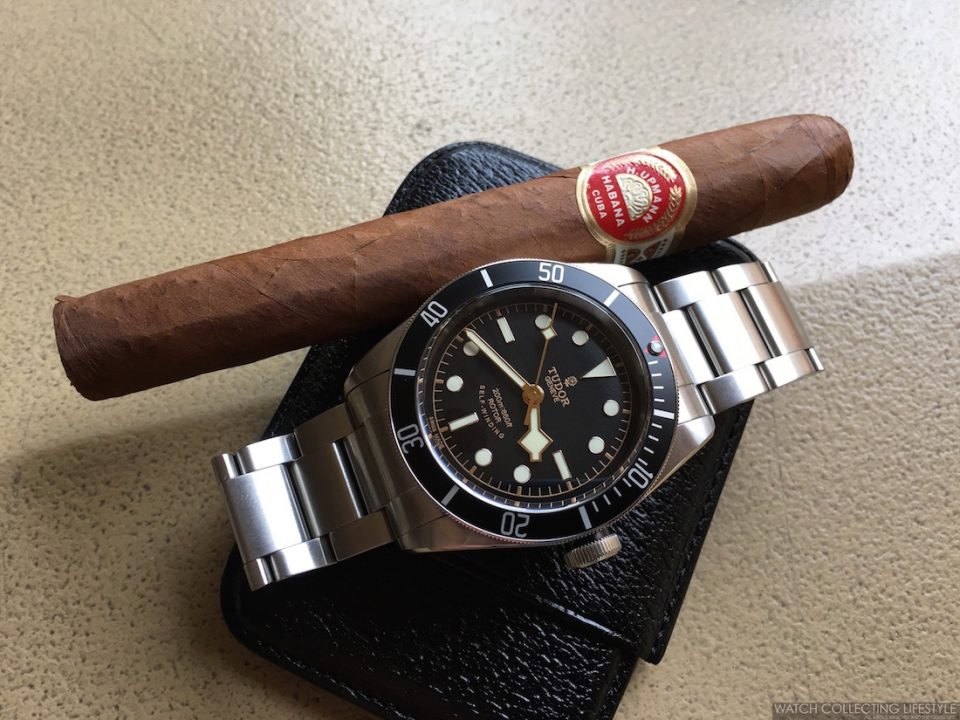The Art of Romeo y Julieta – Craftsmanship and Cuban Tradition
Welcome to our comprehensive guide about Romeo Cuban cigars. In this article, we’ll explore everything you need to know about Romeo Cuban cigars, from selection and storage to appreciation and enjoyment. Whether you’re a seasoned aficionado or new to the world of Romeo Cuban cigars, this guide provides valuable insights and expert knowledge.
Table of Contents
- Introduction to Romeo Cuban cigars
- History and Heritage
- How to Select Romeo Cuban cigars
- Storage and Aging
- Enjoying Your Romeo Cuban cigars
- Frequently Asked Questions
It’s impossible to discuss the world of cigars without mentioning the iconic Romeo y Julieta brand. Renowned for their expert craftsmanship and dedication to Cuban tradition, Romeo y Julieta cigars are a true representation of the artistry and passion that goes into creating the perfect smoke. From the carefully selected tobacco leaves to the skilled hands of the torcedores, every step in the production process is done with meticulous attention to detail, resulting in a cigar that is not just a smoking experience, but a masterpiece of art.
The Origin and History of Romeo y Julieta for Romeo Cuban cigars
Establishment and Growth of the Brand
Brand Romeo y Julieta was established in Havana, Cuba in 1875 by Inocencio Alvarez and Mannin Garcia. Named after the famous Shakespearean tragedy, the brand quickly gained popularity among cigar aficionados for its exceptional quality and unique flavors. Throughout the years, Romeo y Julieta has grown into one of the most iconic and respected cigar brands in the world, known for its rich history and exquisite craftsmanship.
Evolution of Cuban Cigar-Making Through The Ages
Through the ages, Cuban cigar-making has evolved into a true art form, blending tradition with innovation to produce some of the finest cigars in the world. As the demand for Cuban cigars grew, so did the techniques and skills of the master cigar rollers, resulting in unparalleled quality and complexity in each Romeo y Julieta cigar.
Understanding the evolution of Cuban cigar-making through the ages allows us to appreciate the intricate processes and dedication that go into creating each Romeo y Julieta cigar. From the selection of the finest tobacco leaves to the aging and rolling processes, Cuban artisans have perfected their craft over centuries, ensuring a consistently exceptional smoking experience for enthusiasts worldwide.
The Craftsmanship Behind Romeo y Julieta for Romeo Cuban cigars
Any cigar enthusiast familiar with the legendary Romeo y Julieta brand understands the impeccable craftsmanship that goes into each of their cigars. With a heritage dating back to 1875, Romeo y Julieta has perfected the art of cigar-making, staying true to Cuban traditions. For a detailed history of the brand, check out Romeo y Julieta Cigar Brand | Cigar Aficionado.
The Tobacco Selection Process
Craftsmanship is evident in every step of the cigar-making process, starting with the careful selection of tobacco leaves. Romeo y Julieta uses only the finest quality tobacco from the Vuelta Abajo region in Cuba, known for producing some of the best cigar leaves in the world. Each leaf is meticulously inspected for color, texture, and aroma to ensure a perfect blend for their iconic cigars.
Techniques of Rolling and Aging
With decades of expertise, Romeo y Julieta’s master rollers employ traditional techniques passed down through generations. The aged tobacco leaves are skillfully rolled by hand to create cigars with a flawless construction and an even burn. These hand-rolled cigars are then aged in carefully controlled environments to enhance their flavors and ensure a smooth smoking experience.
To truly appreciate the craftsmanship behind Romeo y Julieta cigars, one must understand the meticulous process that goes into each cigar’s creation. From the careful selection of tobacco leaves to the skilled techniques of rolling and aging, every step is executed with precision and expertise, resulting in a cigar that embodies the rich Cuban tradition and dedication to quality.
Cuban Tradition in Cigar Making for Romeo Cuban cigars
Cultural Importance of Cigars in Cuba
For generations, cigars have held a special place in Cuban culture, symbolizing relaxation, celebration, and camaraderie. The act of smoking a cigar is not just a habit but a ritual that has deep cultural significance in Cuba. It is a common sight to see locals and tourists alike enjoying a fine Cuban cigar while engaging in conversations or simply unwinding after a long day.
Role of Romeo y Julieta in Preserving Tradition
Cultural preservation is at the core of Romeo y Julieta’s philosophy. As one of the oldest and most revered cigar brands in Cuba, Romeo y Julieta plays a vital role in upholding the traditions and techniques of Cuban cigar making. The brand’s commitment to using only the finest tobacco leaves and employing master blenders who have honed their craft over decades reflects their dedication to preserving the art of cigar making.
Julieta A big part of Romeo y Julieta’s success lies in their ability to adapt to modern times while staying true to their roots. By embracing innovation in their manufacturing processes and packaging designs, they have managed to appeal to a wider audience without compromising the authenticity and tradition that have made them a household name in the world of cigars.
Brand Legacy and Global Recognition for Romeo Cuban cigars
Unlike many cigar brands, Romeo y Julieta has a rich and storied history dating back to the 19th century. Known for its exceptional craftsmanship and superior quality, Romeo y Julieta cigars have gained global recognition for their exquisite flavors and unmatched complexity. One of the most iconic releases from Romeo y Julieta is the Romeo y Julieta Pirámides Añejados, a medium-strength cigar that has been aged to perfection, offering enthusiasts a truly exceptional smoking experience.
Notable Figures and Historical Moments
Global recognition extends to notable figures and historical moments associated with Romeo y Julieta. From world leaders to celebrities, aficionados of the brand have included Winston Churchill and John F. Kennedy, further solidifying its reputation as a cigar of choice among the elite.
The Modern Market and Romeo y Julieta
Market demands have evolved over the years, but Romeo y Julieta has remained a constant favorite among cigar enthusiasts worldwide. With a wide range of blends and sizes to choose from, the brand continues to attract both seasoned connoisseurs and newcomers to the world of premium cigars.
To stay relevant in the modern market, Romeo y Julieta has also embraced online platforms and social media to engage with a new generation of cigar enthusiasts. By maintaining its commitment to quality and tradition while adapting to changing consumer preferences, Romeo y Julieta secures its position as a timeless classic in the world of Cuban cigars.
Conclusion for Romeo Cuban cigars
Following this exploration of Romeo y Julieta cigars, it is clear that the art of crafting these iconic Cuban cigars embodies a rich tradition of craftsmanship and excellence. From the selection of the finest tobacco leaves to the expert rolling techniques passed down through generations, each cigar carries with it a legacy of quality and sophistication. The dedication to preserving Cuban cigar-making traditions is evident in every aspect of the Romeo y Julieta brand, making it a timeless symbol of luxury and artistry in the world of cigars.
FAQ for Romeo Cuban cigars
Q: What is ‘The Art of Romeo y Julieta – Craftsmanship and Cuban Tradition’ about?
A: ‘The Art of Romeo y Julieta – Craftsmanship and Cuban Tradition’ is a book that explores into the rich history, craftsmanship, and Cuban tradition behind the iconic Romeo y Julieta cigar brand.
Q: Who authored ‘The Art of Romeo y Julieta – Craftsmanship and Cuban Tradition’?
A: The book was authored by Alejandro Barco, a renowned expert in Cuban cigars and the history of the Romeo y Julieta brand.
Q: What can readers expect to learn from ‘The Art of Romeo y Julieta – Craftsmanship and Cuban Tradition’?
A: Readers can expect to learn about the origins of the Romeo y Julieta brand, the meticulous craftsmanship that goes into the production of its cigars, and the cultural significance of Cuban cigar traditions.
Q: Is ‘The Art of Romeo y Julieta – Craftsmanship and Cuban Tradition’ suitable for beginners in the world of cigars?
A: While the book is rich in detail and history, it is suitable for beginners as it provides a comprehensive overview of the brand and its cultural context.
Q: Where can one purchase ‘The Art of Romeo y Julieta – Craftsmanship and Cuban Tradition’?
A: ‘The Art of Romeo y Julieta – Craftsmanship and Cuban Tradition’ can be purchased at select bookstores, online retailers like Cuban Cigars For Sale.
Summary for Romeo Cuban cigars
This article about Romeo Cuban cigars explores the essential aspects that every cigar enthusiast should know. Whether you’re new to Romeo Cuban cigars or a seasoned aficionado, understanding these key points will enhance your appreciation of authentic Cuban cigars.
Related Premium Cuban Cigars for Romeo Cuban cigars
If you’re interested in Romeo Cuban cigars, explore these exceptional Cuban cigars from our collection:
- Quai D’orsay Imperiales – Premium authentic Cuban cigars
- Cohiba Double Corona Limited Edition 2003 VINTAGE – Premium authentic Cuban cigars
- Cohiba Robustos Supremos – Premium authentic Cuban cigars
Learn More About Cuban Cigars for Romeo Cuban cigars
Expand your knowledge about Romeo Cuban cigars and Cuban cigar culture:
- Read expert reviews at Cigar Aficionado
- Discover cigar history on Wikipedia
- Get industry insights from Halfwheel
Shop Authentic Cuban Cigars for Romeo Cuban cigars
Ready to experience the excellence of Romeo Cuban cigars? Browse our complete collection of authentic Cuban cigars with guaranteed authenticity, optimal storage, and worldwide shipping. Whether you’re seeking specific brands mentioned in this article about Romeo Cuban cigars or exploring new options, we’re your trusted source for genuine Cuban cigars online.
Explore Our Premium Romeo Cuban cigars Collection
Ready to experience authentic Romeo Cuban cigars? Browse our carefully curated selection:
- H Upmann Half Corona – Premium authentic Cuban cigars
- Cohiba Siglo VI Tubos (15 en Petacas) – Premium authentic Cuban cigars
- Cohiba Exquisitos – Premium authentic Cuban cigars
- Montecristo Dantes Limited Edition 2016 – Premium authentic Cuban cigars
- Cohiba Talisman – Premium authentic Cuban cigars
Related Articles About Romeo Cuban cigars
Continue learning about Romeo Cuban cigars with these informative articles:
- Comparing Partagas Serie D No. 4 and Serie E No. 2 – Which is Right for You?
- The Correct Way to Smoke a Cigar – A Beginner's Guide
- Bolivar Royal Coronas – A Closer Look at This Impressive Vitola
Expert Resources on Romeo Cuban cigars
Learn more about Romeo Cuban cigars from these authoritative sources:
- Cigar Aficionado – Expert reviews and ratings
- Wikipedia – History of Cuban cigars
- Halfwheel – Industry news and reviews
Start Your Romeo Cuban cigars Journey Today
Now that you’ve learned about Romeo Cuban cigars, it’s time to experience them yourself. Browse our complete collection of authentic Cuban cigars and discover why Romeo Cuban cigars are treasured by aficionados worldwide. With our guarantee of authenticity, expert curation, and worldwide shipping, your perfect Romeo Cuban cigars experience is just a click away.
Remember: Whether you’re new to Romeo Cuban cigars or a seasoned enthusiast, we’re here to help you find the perfect cigars for your taste and occasion. Don’t hesitate to explore our selection and join the ranks of satisfied customers who have made us their trusted source for authentic Romeo Cuban cigars.






